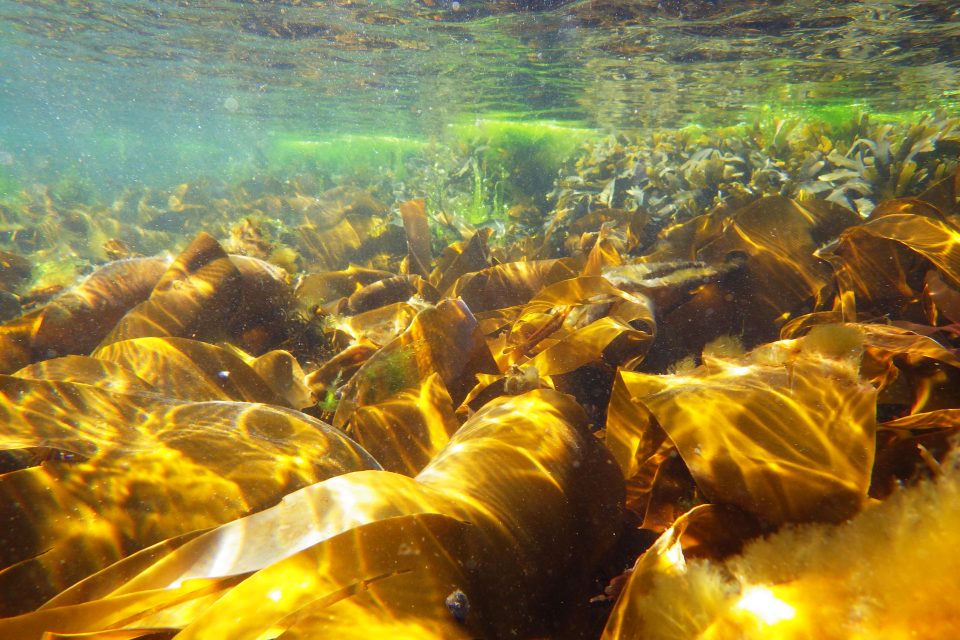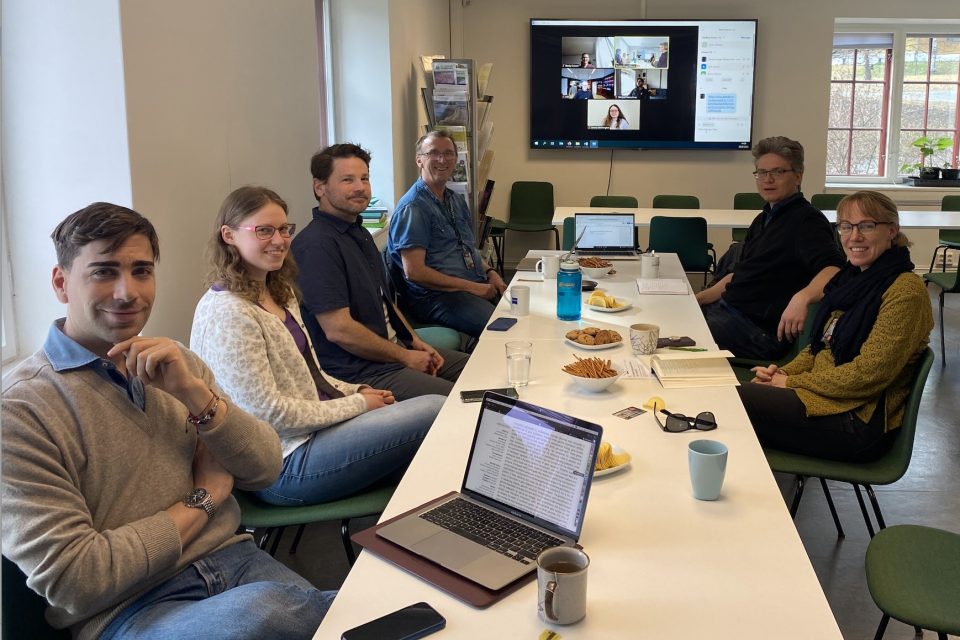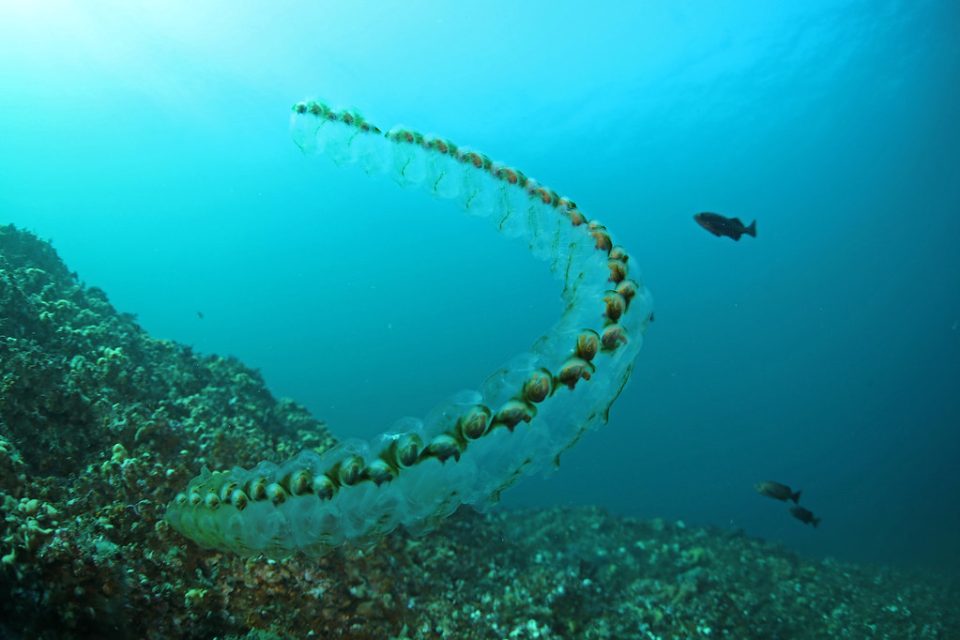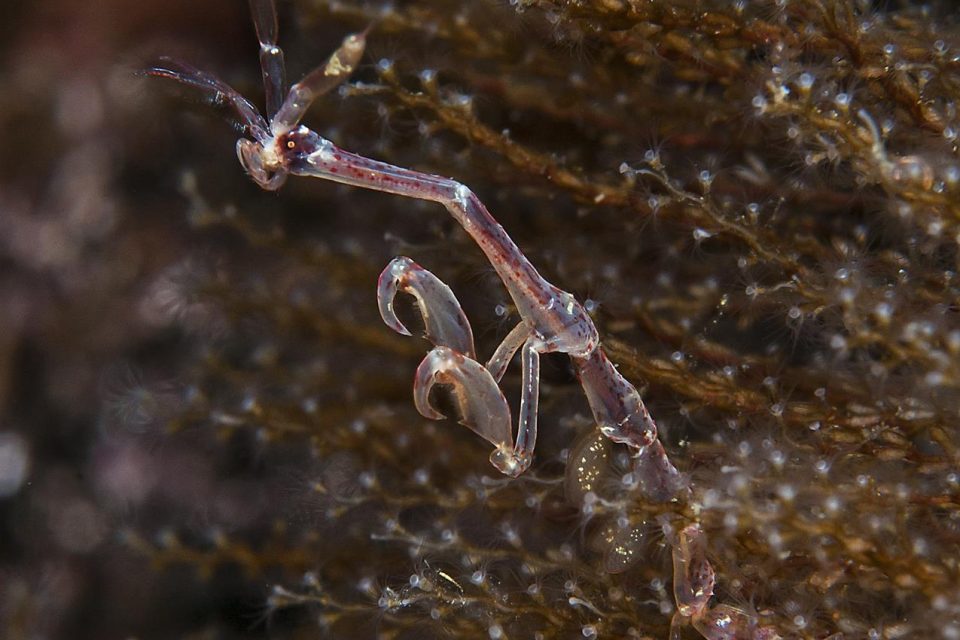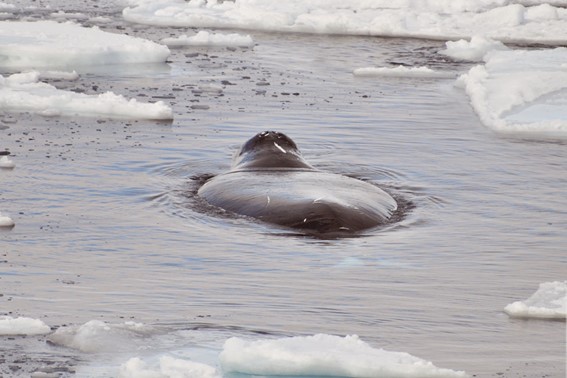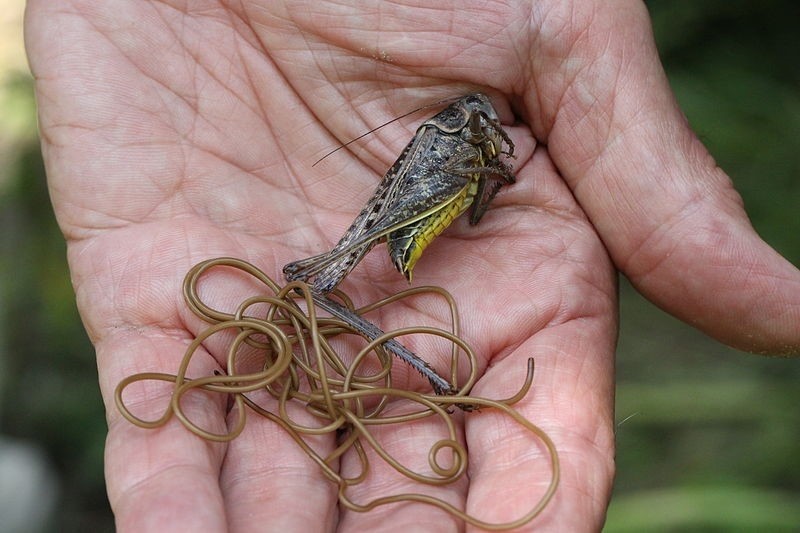
Group of the month: Tardigrades
Hallo again, and welcome to August’s entry in the FEZ blog’s Group of the Month club! This time, we’ll be exploring a charismatic wonder of the microscopic world: the tardigrade. Their ability to withstand incredible heat and cold, and even survive in space, has brought them a certain […]
